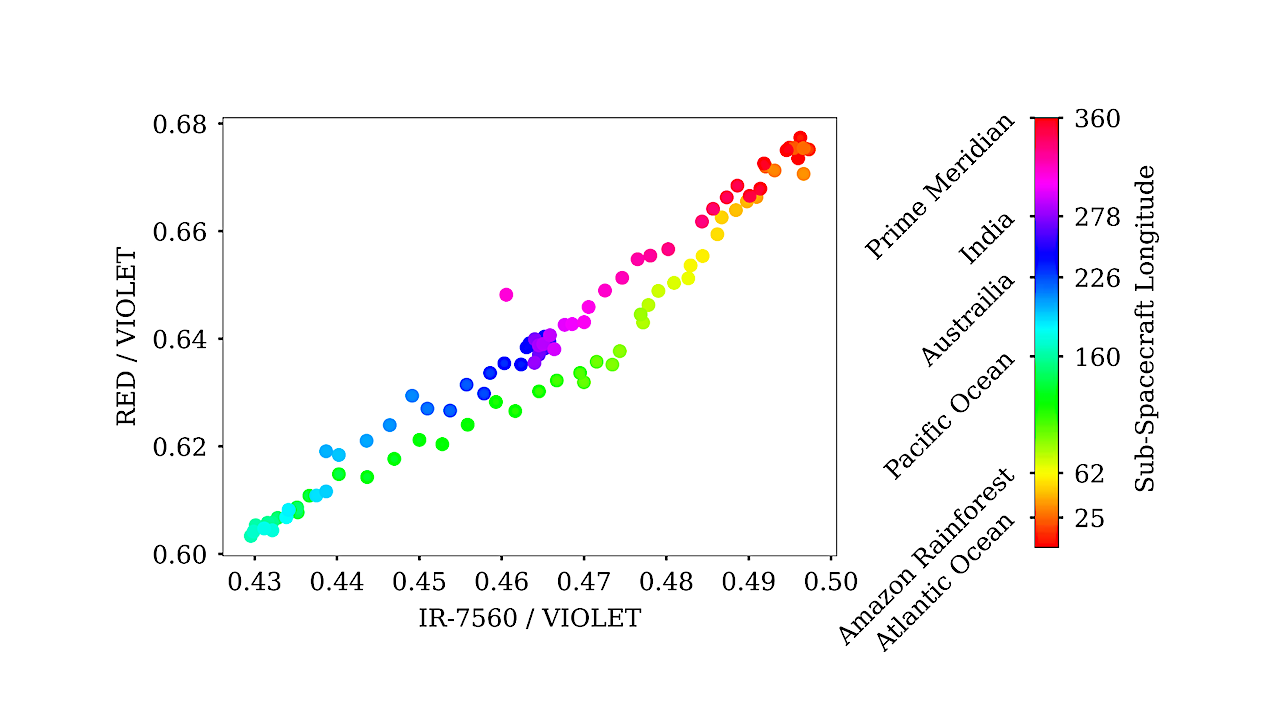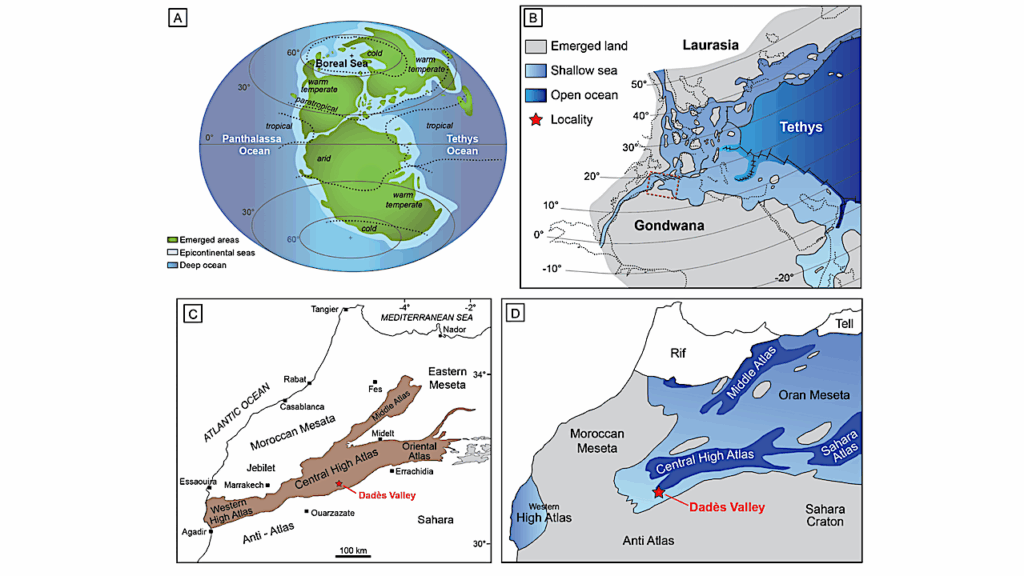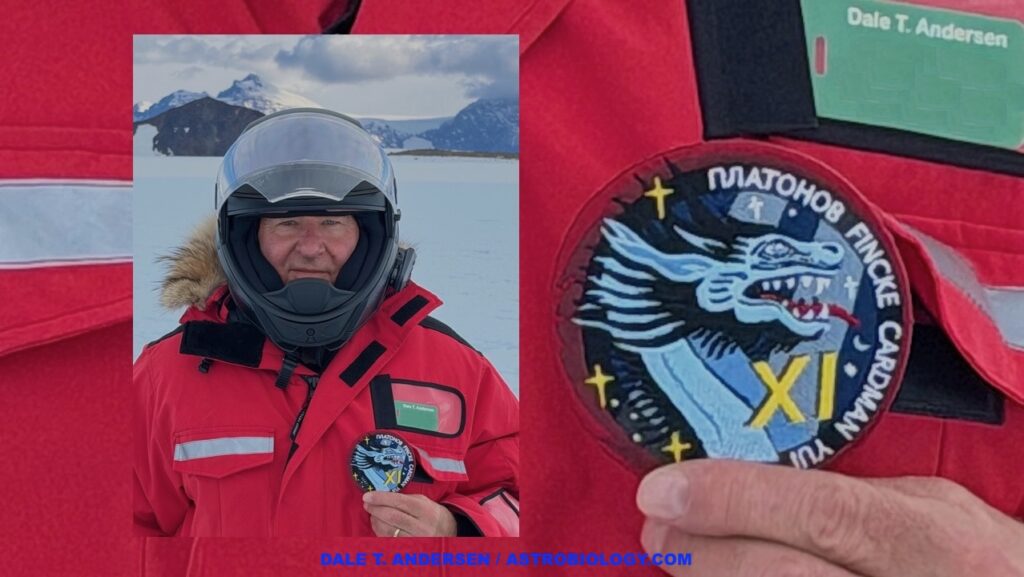Exoplanet Analog Observations Of Earth From Galileo Mission Disk-integrated Photometry

The Galileo spacecraft had distant encounters with Earth in 1990 and 1992. Limited Solid State Imager (SSI) data acquired during these encounters has been previously presented, but the majority of the data from these Earth flybys have not been presented in the literature.
Observations of Earth taken from afar are both rare and directly relevant to the development of any future exo-Earth direct imaging mission. Here we present a pipeline that vets, calibrates, and measures the disk-integrated brightness of the Earth, in multiple filters, from the complete SSI data sets from both the 1990 and 1992 Galileo flybys. The result is over 1500 usable photometric measurements for Earth as an analog for an exoplanet.
The 1990 data set includes full rotational lightcurves in six bandpasses spanning the optical range. The 1992 data set is more limited, with lightcurves only spanning 14 hr. Time-averaged photometry for both encounters is presented while variability and color are discussed relative to findings from NASA’s EPOXI mission (which also provided photometric lighturves for Earth).
The new Galileo/SSI data are used to further validate the Virtual Planetary Laboratory 3D spectral Earth model, which often serves as a stand-in for true disk-integrated observations of our planet. The revived Galileo/SSI data for Earth is a testament to the ability of NASA’s Planetary Data System to maintain data over decades-long timescales.
The disk-integrated products derived from these data add to a very short list of calibrated and published whole-disk observations of the Pale Blue Dot.

Left: result of thresholded Canny edge detection (red) on a resolved SSI image of Earth. Note the irregularity along the nightside terminator in the edge detection. Crucially, the location of the edge detected here is not absolute. Instead, its position is dependent on the threshold applied. A higher threshold would push this edge closer to the center of the disk, and a lower threshold would do the opposite. Thus, a more robust disk detection is necessary. Right: image of Earth with a correct Hough transform identification of disk edge shown in red. — astro-ph.EP
Ryder H. Strauss, Tyler D. Robinson, David E. Trilling, Ryan Cummings, Christopher J. Smith
Subjects: Earth and Planetary Astrophysics (astro-ph.EP); Instrumentation and Methods for Astrophysics (astro-ph.IM)
Cite as: arXiv:2402.00984 [astro-ph.EP] (or arXiv:2402.00984v1 [astro-ph.EP] for this version)
https://doi.org/10.48550/arXiv.2402.00984
Focus to learn more
Journal reference: AJ 167 87 (2024)
Related DOI:
https://doi.org/10.3847/1538-3881/ad1bd1
Focus to learn more
Submission history
From: Ryder Strauss
[v1] Thu, 1 Feb 2024 19:55:20 UTC (910 KB)
https://arxiv.org/abs/2402.00984
Astrobiology








